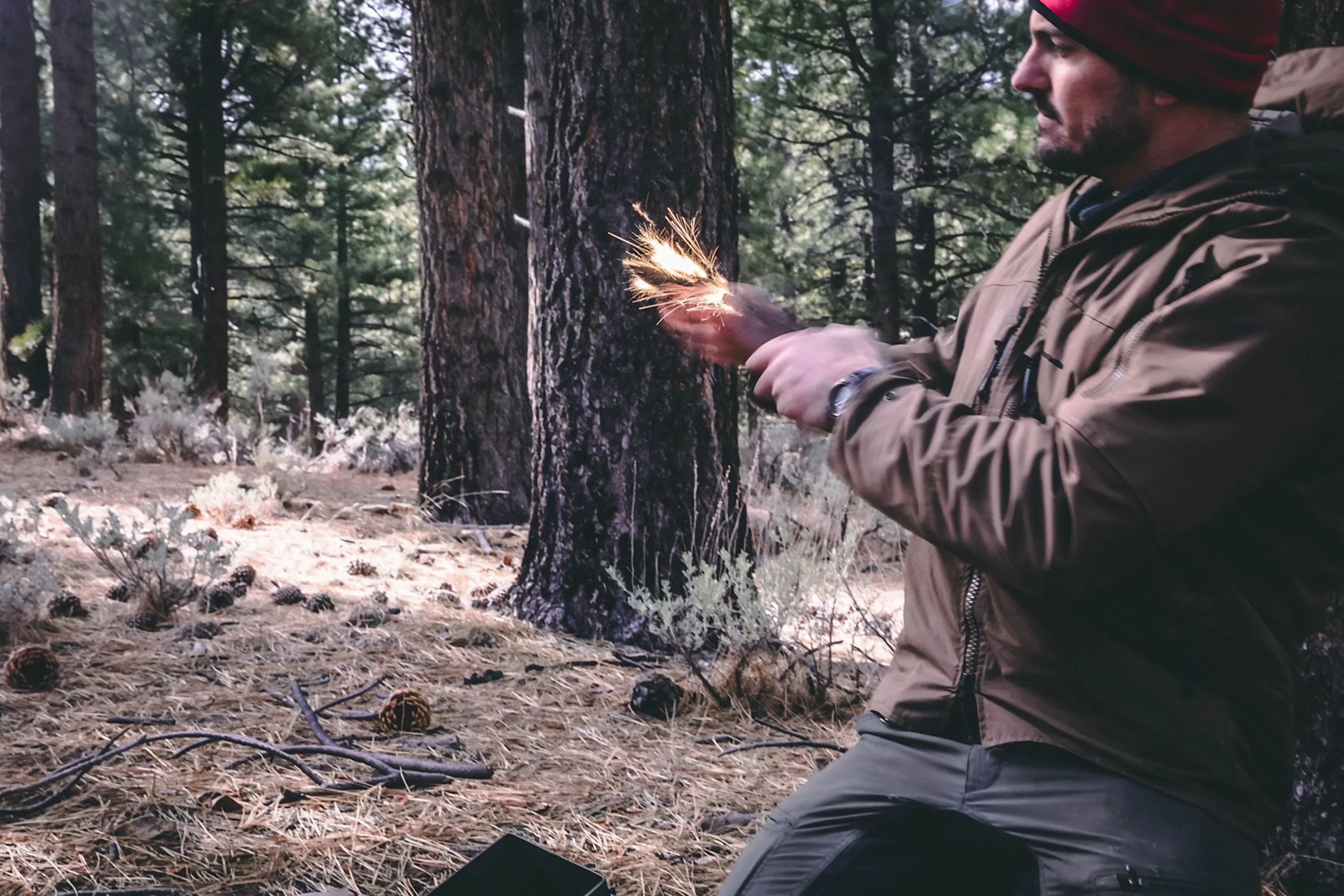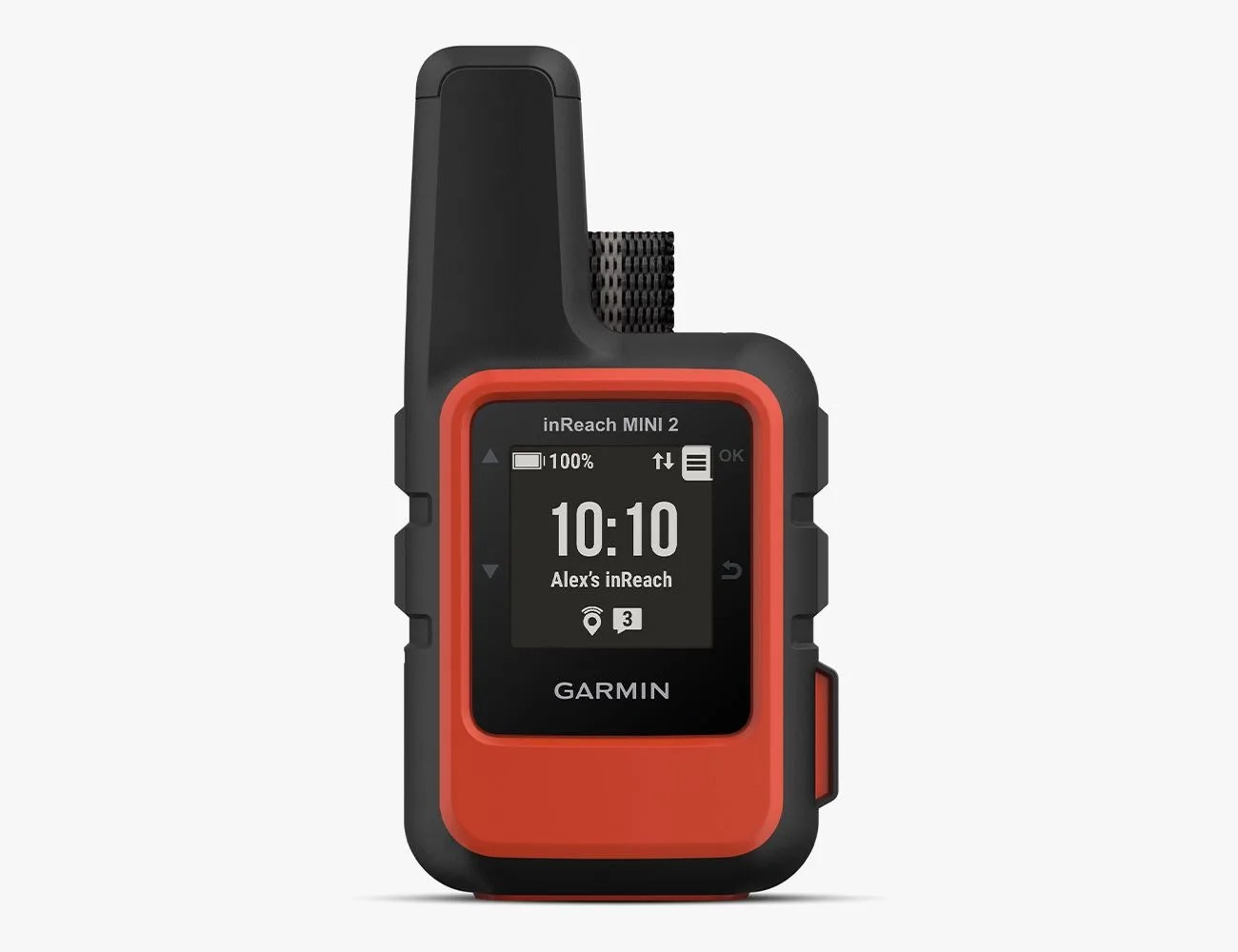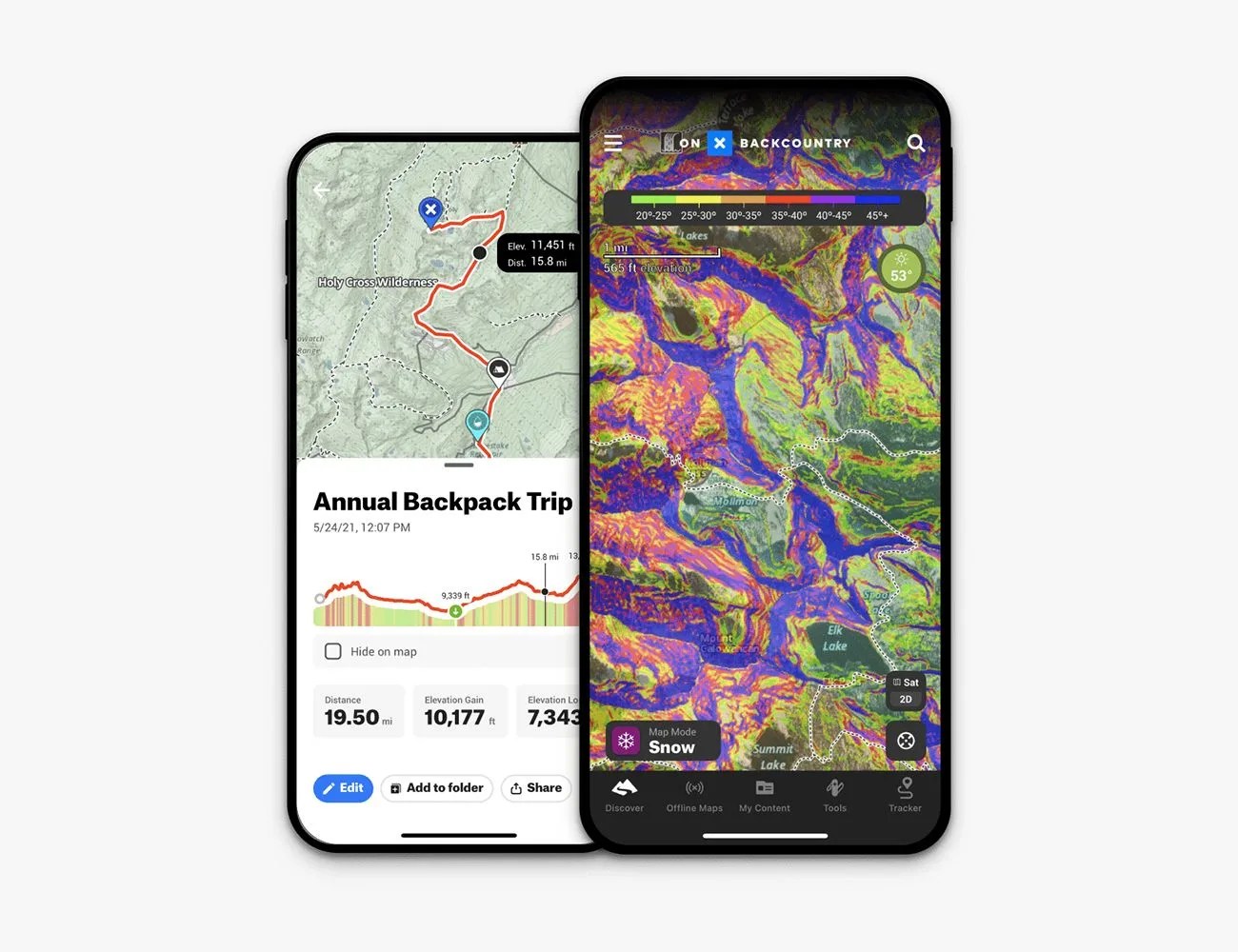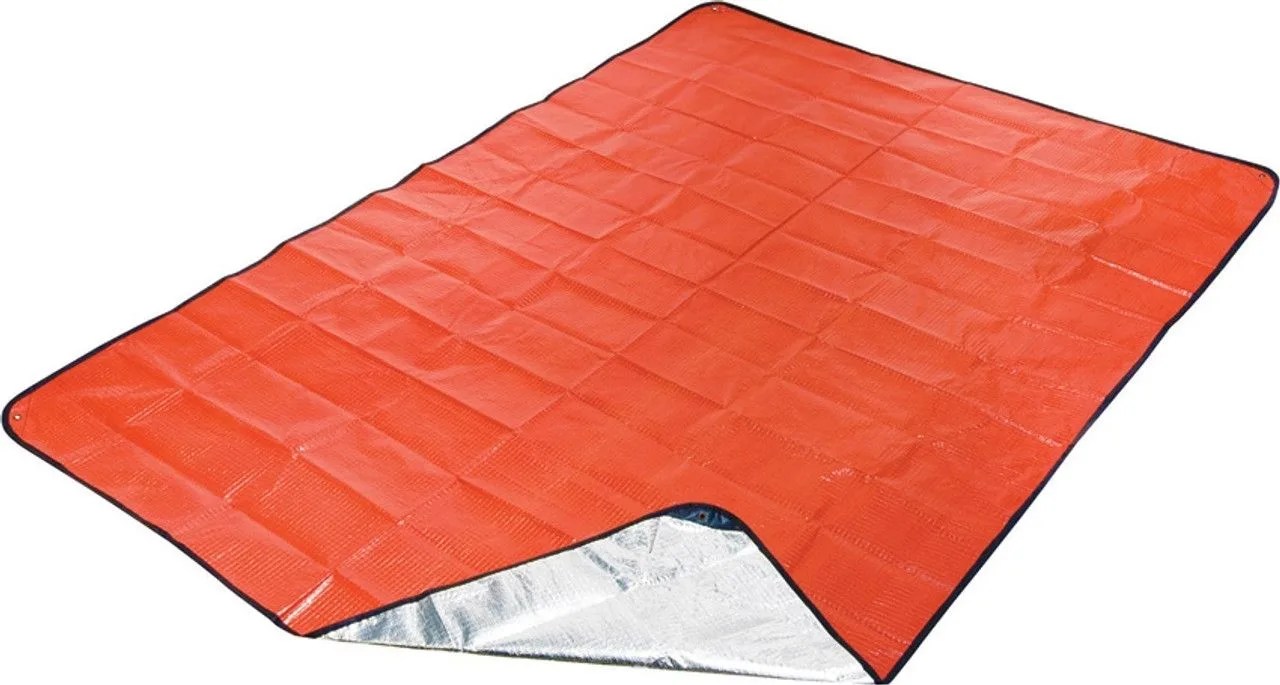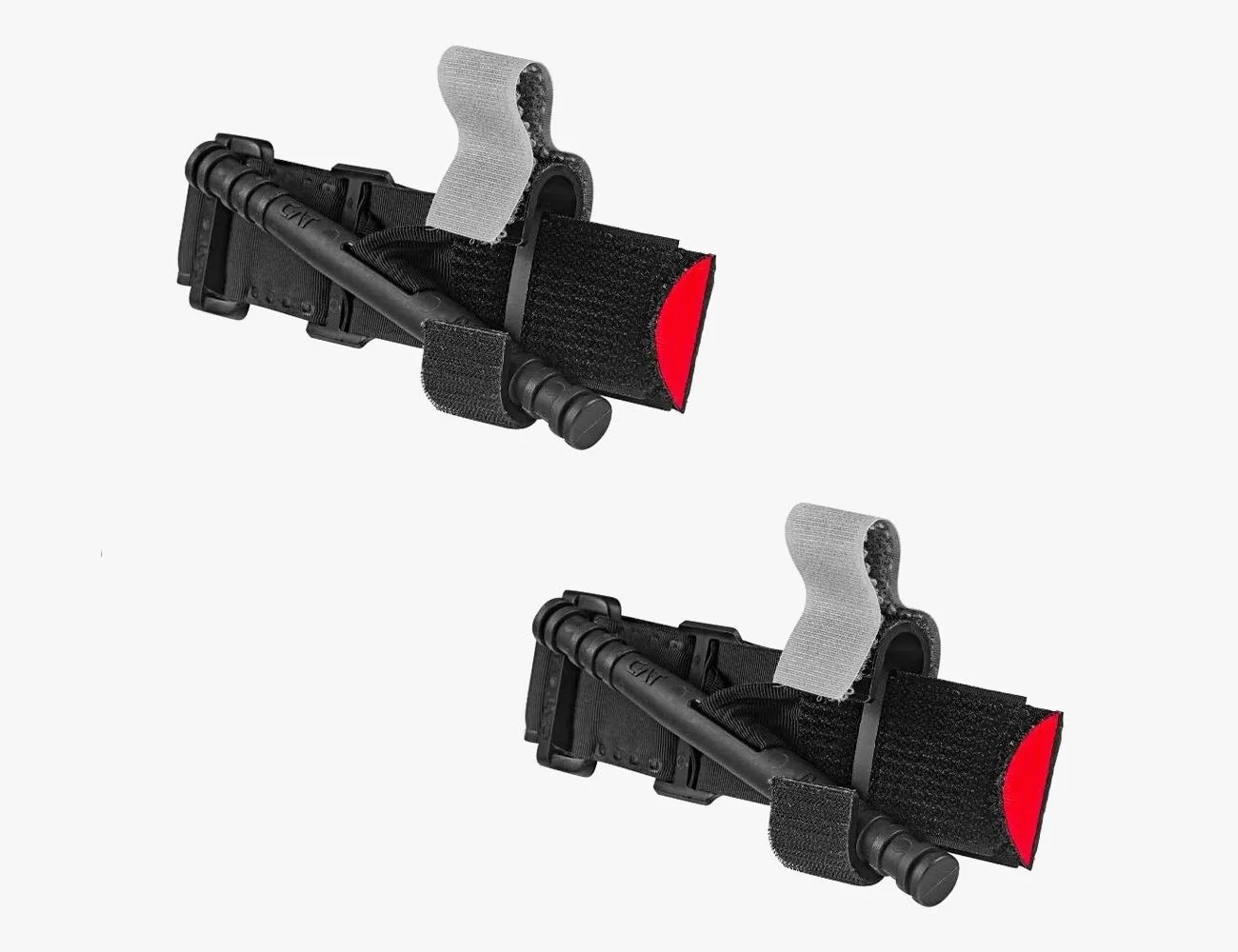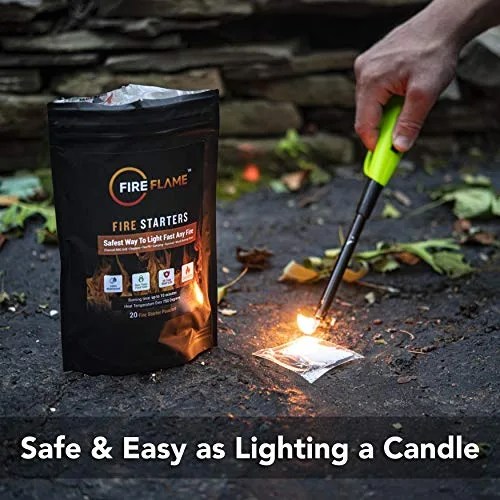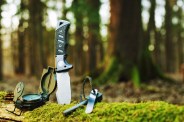Spending time outside comes with plenty of benefits for the mind, body and soul; it’s basically in our DNA, after all. But no matter how idyllic the natural environments, venturing out into the wild comes with its risks. Whether you’re taking a multi-day backpacking trip or just a hike down the road you do every weekend, it pays to be prepared.
We sat down with former Alone contestant and wilderness preparedness expert Mark D’Ambrosio to talk through the basic skills for survival, or as he puts it, wilderness sustainment techniques. In short, how to stay warm, fueled and safe. D’Ambrosio is the founder of International Mountain Survival, where he leads varying levels of courses designed to prepare people for a life spent enjoying the outdoors.
“In the last 100 years, what never used to be considered a ‘survival skill’ now is because we just don’t learn this secondhand,” says D’Ambrosio, who compete on season 7 of the hit History Channel in 2020. “It doesn’t come naturally to us anymore to do things like preserving food or staying warm — that’s just something we always had to do. How to light a fire and stoke a fire. Well now, learning how to start a fire could be a life-saving skill.”
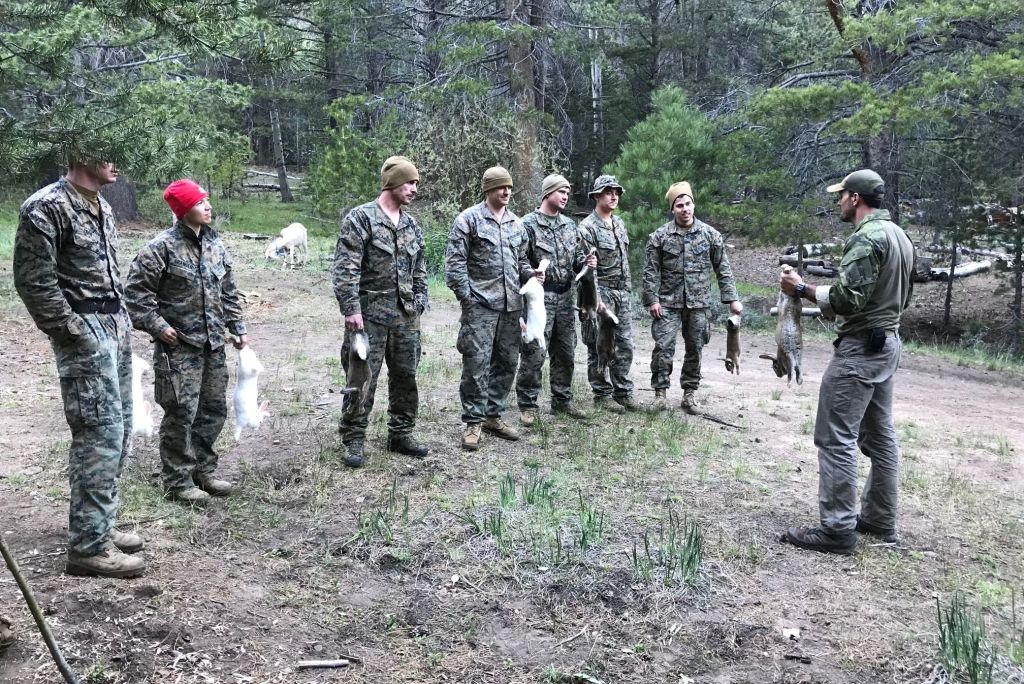
When it comes to “survival,” D’Ambrosio thinks in very specific terms. “When people think of survival, they think of Alone: extended living outdoors, with just a few items,” he says. “That is not survival; it’s just outdoor living. It becomes survival if you get hypothermia out there. Extended survival is more about mindset… and having a lot of luck. What I teach people is basic outdoor tips that anyone can practice to keep themselves safe while exploring to avoid survival.”
What D’Ambrosio instead calls “wilderness sustainment techniques” are practical, effective and can be easily implemented into your outdoor routine. Here are seven essential elements, and some key pieces of gear that will help.
